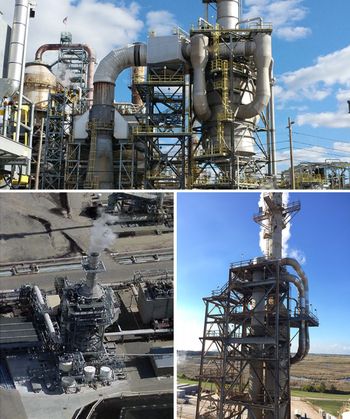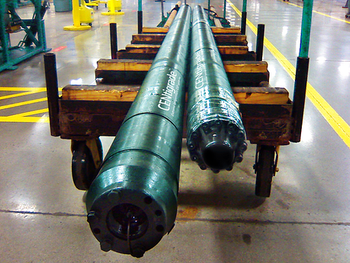
Transition Industries Supplies Mitsubishi Gas Chemical with Ultra-Low Carbon Methanol from Pacifico Mexinol
Mitsubishi Gas Chemical will receive ~1 mmtpa of methanol from the Mexican production facility, slated to open in 2028 producing green and blue methanol from natural gas with carbon capture.
Pacifico Mexinol, said to be the largest single ultra-low-carbon chemicals facility, will supply Mitsubishi Gas Chemical Co. (MGC) with approximately 1 mmtpa of ultra-low-carbon methanol, according to a letter of intent signed between Transition Industries, joint developer of Pacifico Mexinol, and MGC. The production facility, jointly developed with the World Bank Group’s International Finance Corp., generates 6,145 metric tons (MT) of methanol per day to be transported via pipeline to the Port of Topolobampo.
“We are pleased to announce our letter of intent for a long-term methanol sales agreement with MGC,” said Rommel Gallo, CEO of Transition Industries. “We are honored to work with MGC in our joint efforts to address climate change and supply the Pacific Basin with ultra-low carbon methanol.”
When the production facility, located near Topolobampo, Sinaloa, Mexico, opens in a few years, it’s expected to produce approximately 350,000 MT of green methanol and 1.8 million MT of blue methanol per year from natural gas with carbon capture.
“As one of the producers and suppliers of methanol globally, MGC prioritizes the acceleration to lower carbon intensity of our methanol supply and aims to contribute to a sustainable world,” said Masahiko Naito, Division Director, C1 Chemicals Division for MGC. “I’m very excited to work with Transition Industries toward this goal and to bring value to society.”
It will break ground in early 2025 with commercial operations scheduled for 2028.
Mitsubishi’s Low-Carbon News
In mid-October, Mitsubishi Heavy Industries (MHI) and Osaka Gas led the latest $50 million
Koloma utilizes its technology, proprietary data, and human capital advantages to identify and commercialize geologic hydrogen on a global scale. Most natural hydrogen originates via serpentinization: underground water contacts iron-rich rocks and creates iron oxides, leaving behind hydrogen. Gaseous hydrogen then rises through permeable rock and soil, forming deposits contained within subterranean domes. Koloma Labs received $900,000 from the U.S. Department of Energy for its enhanced hydrogen production research. The company lab is developing geochemical, geo-mechanical, and fluid transport models to understand hydrogen formation in novel rock systems, paired with an investigation of microbiology in hydrogen reservoirs.
In September, MHI deployed its carbon-capture technology—the
At the plant, MHI’s carbon-capture process treats low-CO2 flue gas from a natural gas turbine driving a turbocompressor. With CO2 concentration levels less than 3% and low atmospheric pressure in the exhaust, the technology is reducing CO2 emissions by 90% with peaks of 96%.
Newsletter
Power your knowledge with the latest in turbine technology, engineering advances, and energy solutions—subscribe to Turbomachinery International today.




